All about Suvorov's bow
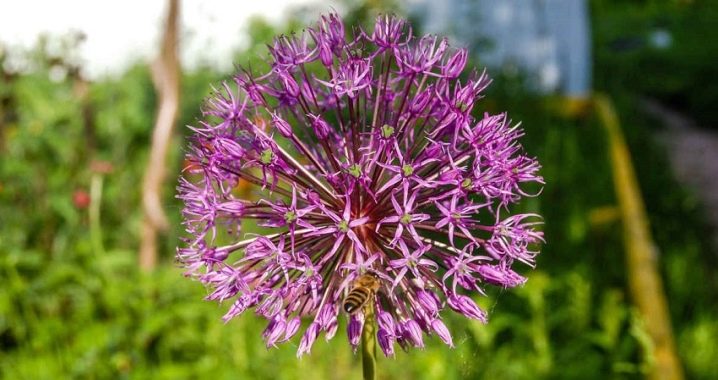
Few gardeners grow Suvorov's mountain onions in their summer cottages. But at the same time, he deserves special attention. Today we will talk about the features of this plant, how to plant and grow it correctly.
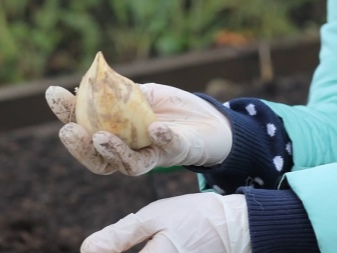
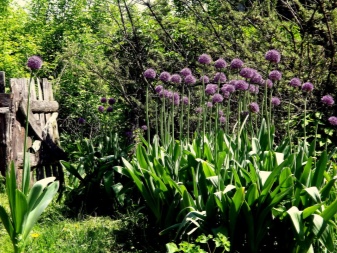
general description
The culture is a spherical onion-garlic. Its diameter can reach about 2-3 centimeters. The fruits have leathery shells. The stem of the plant can be from 30 to 100 cm in height. The veins on the plant are weakly protruding. Vegetation leaf plates can be 5 to 20 millimeters wide. They are bluish. They have a belt-like shape. The edges of the foliage are rough. Suvorov's onion has a spicy taste and a strong sulfurous smell. To get rid of the smell, it is best to soak ripe onions in clean water, while it is periodically changed to fresh.
Onion shoots are similar in appearance to the shoots of garden tulips. But in the process of growth and development, the form begins to change. Globular inflorescences of the culture can reach a diameter of up to 10-12 centimeters. It blooms in a deep pink-purple color. Fresh greens of such onions can be added to soups, salads, snacks, sandwiches. And also, if desired, it can be frozen in the freezer. The bulbs themselves can be eaten baked or pickled. They are most often used as a delicious and savory condiment to dishes. Sometimes the fruits are boiled in honey and baked over charcoal.
The yield of Suvorov onions is low. From 1 square meter of planting, it will be possible to collect only 1-1.2 kilograms of fruits. It is also worth noting that the culture is growing rather slowly. Bulbs can only be consumed for 3-4 years of cultivation. When assembled, the fruits can still be stored for 3-4 months at a temperature of 2-4 degrees Celsius. It is better to store them in a dark place. The variety is a source of a huge amount of various vitamins, essential oils, trace elements and sugars. Homemade decoctions and infusions prepared on the basis of such a plant help to cope with diseases associated with vision, they reduce pain syndrome, improve brain activity, normalize blood pressure and blood circulation, and also increase immunity.
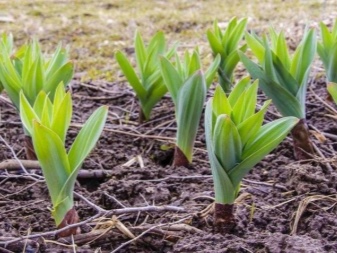
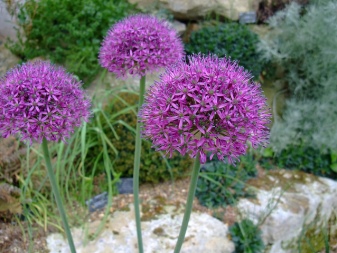
Such onion compositions can also be drunk for colds, in the treatment of diseases associated with respiratory tract damage. Moreover, for medicinal purposes, such an onion can be used in various forms: in the form of a soft gruel, homemade tincture. But it must be remembered that this plant cannot be abused either. In excessive quantities, Suvorov's onion is considered toxic, it can be harmful to health. And also it is better to exclude it from the diet of those people who suffer from various heart diseases, food allergies, ulcerative lesions of the gastrointestinal tract, gastritis. This onion is high in carbohydrates, so it will be especially beneficial for those who play sports.
This onion has a high content of special phytoncides. They help to slow down the growth and development of pathogenic microflora in the human oral cavity. Culture is often used when decorating landscapes, as it has a beautiful decorative appearance. Large inflorescences of bright color can decorate almost any summer cottage. Sometimes such onions are planted immediately in flower beds. But it must be borne in mind that the vegetation is quite voluminous and spreading, so it will take up a lot of space on the site.
It should be noted that the culture is frost-resistant. It adapts easily to different growing conditions. But we must not forget that such an onion has a short vegetative period, therefore, all the greens will be suitable for consumption only a couple of weeks after the formation of shoots.
And also in ripe bulbs will contain some toxic components, therefore, they can only be consumed in processed form. You cannot eat fresh fruits.
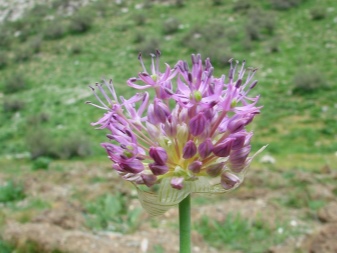
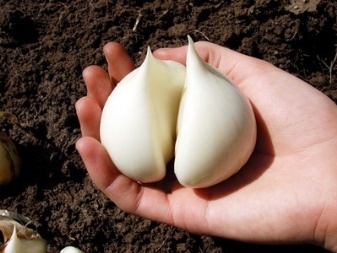
Landing
Next, we will analyze how to properly plant Suvorov's bow. The plant is undemanding to the soil. But still, loose black soil will be the best option for him. The soil should be neutral in acidity. If it is too acidic, then liming can be performed.
Do not forget that this plant is very difficult to tolerate high humidity, so it should not be planted in waterlogged places, in areas located near groundwater. Otherwise, the root system of vegetation will begin to rot quickly, as a result, it will simply die from the fungus. The ideal option for a crop will be areas where peas, zucchini, cabbage and pumpkin were previously grown.
Immediately before planting, the land in the selected area is carefully loosened. It will be necessary to remove all harmful weeds from the place. And also the remnants of plant roots that grew there earlier are necessarily removed. Previously, it is better to add humus, compost, fertilizers, which contain phosphorus and potassium, to the soil. The most commonly used wood ash and superphosphate. If you still plant vegetation in areas with a high level of humidity, then a drainage layer must be made.
It is better to make all the beds in bulk. This technology will prevent the accumulation of melt water and precipitation. So the root system of the bulbs will not be waterlogged. In the process of planting, seeds or slices are deepened into the ground by a couple of centimeters. In this case, the distance between individual seeds should be at least 25 centimeters. The distance between individual rows should be about 30-35 centimeters. The material is placed in the soil as carefully as possible so as not to damage the roots.

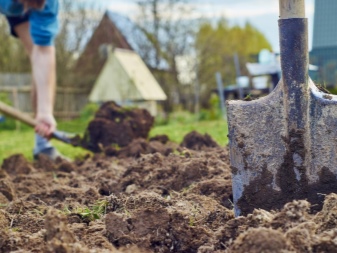
Care
In order for the culture to be able to grow and develop normally, you should remember about caring for it.
Watering
Suvorov's bow will not require too frequent watering. If there is enough natural moisture, the plants will not moisturize at all. If the weather is too dry and hot for a long time, then watering should be carried out once a day. Moreover, the procedure is recommended to be performed either early in the morning or late in the evening.
Remember that this mountain onion can withstand drought much more easily than waterlogging.
Loosening and weeding
To obtain a good harvest, it will be necessary to carry out regular weeding and loosening. You need to loosen the soil at least once a week. Weeding is carried out as weeds appear and grow.
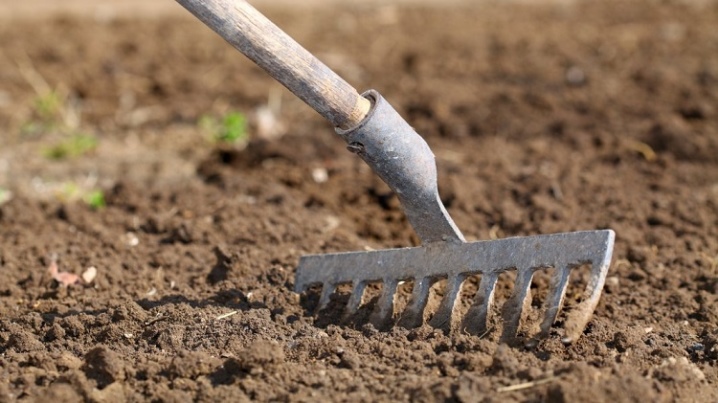
Top dressing
Suvorov's onions will also need nutritional supplements. The best option for him would be humus and superphosphate (about 20-30 grams per 1 square meter of planting). In the spring season, you should increase the amount of phosphorus and calcium fertilizers. If you are using ammonium nitrate, then it is worth remembering that too much of such a substance will lead to the fact that the green mass will be very powerful, but the bulbs will become too small.
Remember that with the slightest deficiency of potassium in the ground, strong deformation of the leaf plates can occur. After that, they begin to turn yellow. A couple of times per season, it is recommended to add nitrogen-containing fertilizing. It is better to do this after the appearance of the first young leaves. If you grow such vegetation to obtain food bulbs, then you will need to remove the arrows in a timely manner.If you only grow it as a decoration for the landscape, then you should not do this.
Check your plantings periodically for pests and signs of disease. And also control that there is no excessive thickening. When thickening, it is better to dig out small bulbs from the ground, leaving them for planting before winter.

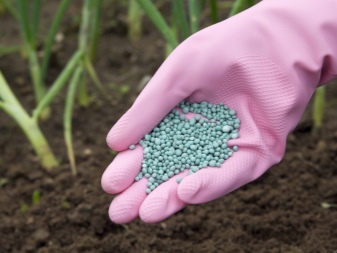
Reproduction methods
This culture can reproduce in two main ways.
- seed material;
- slices.
Seeds are sown before winter, shortly before the onset of frost. Before planting, they must be washed in a solution with potassium permanganate; you can also use a solution of copper sulfate. Better to carry out stratification, in which the seeds are frozen in wet sand. Stratification is performed in order to damage the hard shell of the seed. This contributes to faster germination of seedlings.
Seeds can be obtained by collecting them in the middle of the summer season from plant inflorescences. In order for them to germinate faster, they can be carefully sanded with sandpaper. After the melting of the snow masses, the germination process will gradually begin. In this case, after a short amount of time, wilting of the leaves will be observed. By the end of the summer season, small bulbs will remain in the soil, which will need to be dug up, and then planted again in the ground in the fall, closer to the onset of cold weather. In the second year, a peduncle and larger leaf plates will appear. Next, they perform last year's manipulations - they dig up and plant the plants again.
Remember that you can get strong and healthy vegetation only for 3 years of life. The slices are planted at the same time as the seed. They should also be pretreated in a solution of potassium permanganate or copper sulfate.
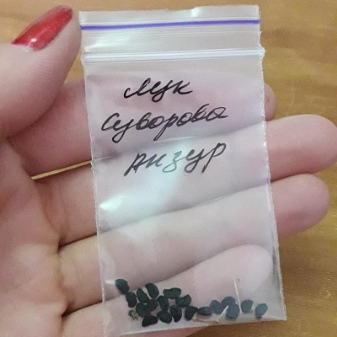
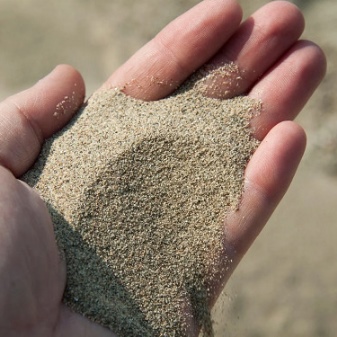
Diseases and pests
Suvorov's bow is considered to be quite resistant to diseases and pests. But as a preventive measure, it is recommended to treat the vegetation with a solution of potassium permanganate. And also many gardeners use a solution with the drug "Fitosporin-M". Sometimes the crop can be rotted. This is due to waterlogged soil. In this case, the plant must be removed from healthy plantings and destroyed. The irrigation regime is then normalized to healthy plants.
Vegetation can be affected by other diseases:
- powdery mildew;
- jaundice;
- tracheomycosis;
- mosaic.
At the first signs of illness, all damaged parts are immediately cut off with a secateurs and burned. Further, diseased plants are treated, for this it is better to use ready-made chemical fungicides. They are bred in strict accordance with the instructions. And also Suvorov's bow sometimes suffers from an invasion of bears, onion flies, moths, and long-legged ones. In this case, you can use biological products that are sold in garden stores. Homemade folk remedies can only be used when the vegetation is slightly damaged.

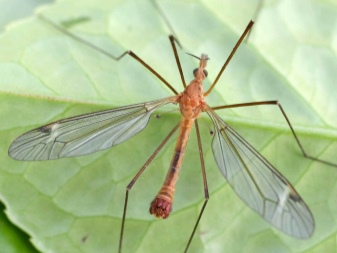
Comparison with other species
Suvorov's bow belongs to the group of mountain bows (anzur). It is similar to mountain species such as stalked and Aflatunsky. These varieties are distinguished by the ripening time, the length and width of the leaf blades, the size and shape of the bulbs themselves.
Besides, the bow of Suvorov is often confused with the giant hairstyle bow of the Rocumball. Moreover, the first is considered more resistant to pests and diseases. And also its weight can reach only 100-150 grams, the weight of rockambol can be up to 500 grams.
Reviews
Many gardeners have left positive feedback on this onion. It was noted that this culture is unpretentious in care. It can be used to decorate a summer cottage. Some gardeners have noticed that such an onion can be perfect for preparing various delicious seasonings.
And it was also said that the plant is rich in useful vitamin C. Onion leaves also deserve positive reviews.They can be used in the preparation of various dishes, they have excellent taste and aroma.
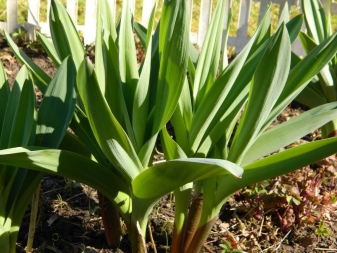
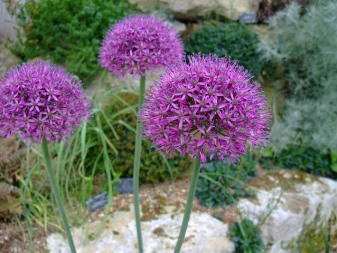













The comment was sent successfully.